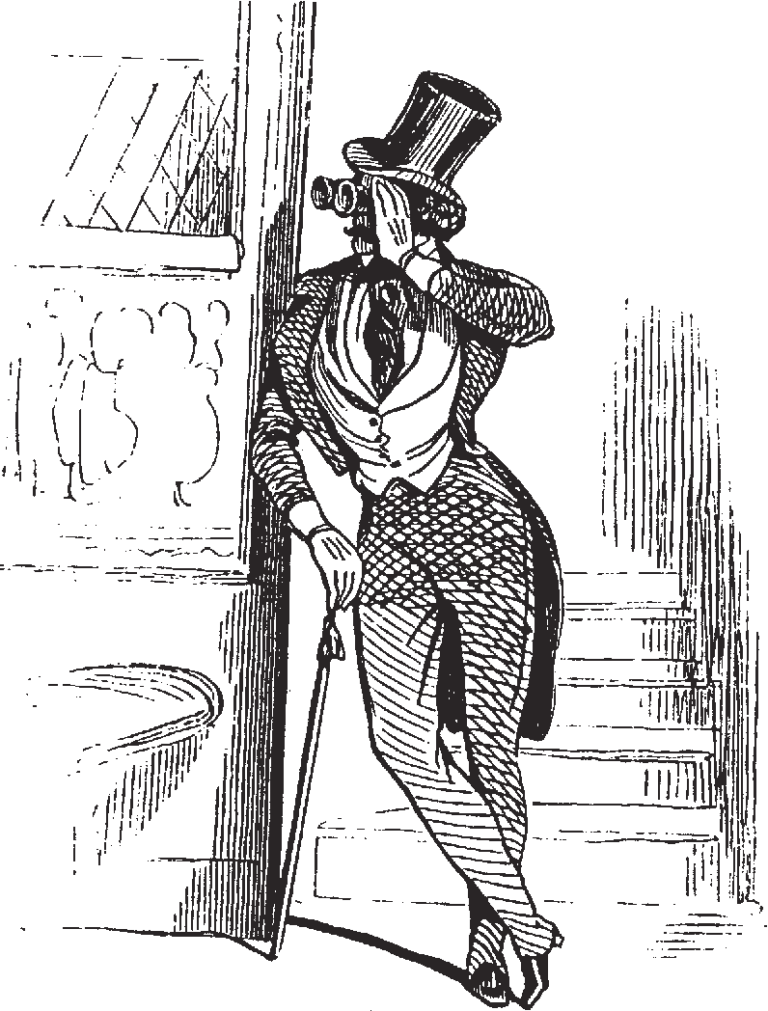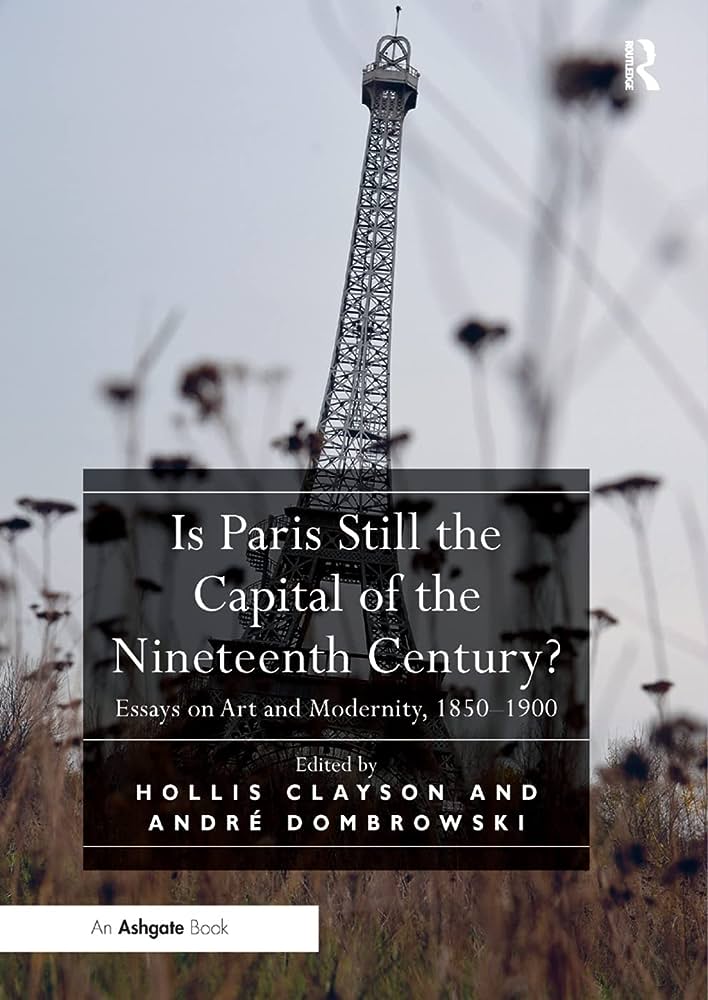The flaneur

The concept of the flaneur has been around for over a century and it refers to a particular type of person who wanders through the city with no particular goal or destination in mind. The term originates from the French verb “flâner,” which means to stroll or wander aimlessly.
The flaneur emerged as a concept in the mid-19th century in Paris during the rise of modernity and industrialization. At the time, the city was experiencing a rapid transformation from a medieval city into a modern metropolis, with new technologies, transportation systems, and commercial spaces changing the urban landscape. In this context, the flaneur became a symbol of resistance to the regimented and utilitarian spaces of the industrial city. The flaneur was a person who could find beauty and meaning in the seemingly mundane and chaotic urban environment.
The flaneur was often associated with the literary and artistic avant-garde of the time, particularly with the writers and artists of the French surrealists movement. Artists such as Charles Baudelaire, Edgar Allan Poe, and Walter Benjamin wrote extensively about the flaneur, exploring the idea of the city as a space of constant change and the flaneur as a figure of urban observation and critique.
Walter Benjamin wanted to show, in big cities, people live normal lifes, but in fact what does it mean “normal”? Normal is everything that is not related to the concept of the Flaneur.

In the digital age, the concept of the flaneur has taken on a new meaning. With the internet, we have access to vast amounts of information and virtual spaces that we can explore in a similar way to how the flaneur wandered through the city. The digital flaneur can explore online communities, social networks, and virtual worlds, all without leaving their home. The digital flaneur is a symbol of the new forms of engagement and exploration that have emerged in the digital era.
However, it’s important to remember that the digital flaneur is not a replacement for the physical experience of wandering through the city. In fact, the internet can enhance our ability to be flaneurs in the real world. We can use digital tools to research and plan our routes, to discover new areas to explore, and to connect with other like-minded flaneurs. Additionally, the internet can provide us with new perspectives on the city, allowing us to see it through the eyes of others and to discover new layers of meaning and complexity.
In conclusion, the concept of the flaneur is a powerful symbol of urban exploration, observation, and critique. While the idea emerged in the 19th century in response to the changing urban landscape, it remains relevant today, both in the physical and digital realms. By embracing the idea of the flaneur, we can enhance our ability to engage with the world around us, to find beauty and meaning in the seemingly mundane, and to resist the regimented and utilitarian spaces of modernity.
The emergence of YouTube and other social media platforms has created a new space for this new “digital flaneur”, where we can explore and experience different places through the eyes of others. One example of this is the work of YouTubers such as Shiey and Baka Gaijin, who create videos from a first-person perspective as they wander through different cities and landscapes.
Shiey, for example, is a YouTuber who explores different parts of Europe, often by trespassing in abandoned buildings and industrial sites. His videos offer a unique perspective on the hidden and forgotten spaces of the city, allowing viewers to experience the thrill of urban exploration without taking any physical risks. Shiey’s videos are a modern take on the flaneur, exploring the idea of the city as a space of constant change and transformation, and the flaneur as a figure of urban observation and critique.
Similarly, Baka Gaijin is a YouTuber who explores different parts of Japan, often by walking through the streets and recording his experiences in real-time. His videos offer a unique perspective on the everyday life of the city, showing the viewer the sights, sounds, and textures of Japan from a first-person perspective. Baka Gaijin’s videos are a modern take on the flaneur, exploring the idea of the city as a space of constant exploration and discovery, and the flaneur as a figure of urban observation and critique.
In both cases, these YouTubers are using the internet to enhance their ability to be flaneurs in the real world. By recording and sharing their experiences, they are creating a digital archive of urban exploration that can be accessed and shared by others. They are also creating new forms of engagement and interaction, allowing viewers to connect with the city and its people in new and meaningful ways.
Overall, the work of Shiey and Baka Gaijin provides an interesting correlation to the concept of the flaneur. Their videos offer a modern take on the idea of urban exploration and observation, and demonstrate the power of the internet to create new forms of engagement with the world around us. As we continue to explore new ways of engaging with the city, the concept of the flaneur remains as relevant and powerful today as it was in the 19th century.
